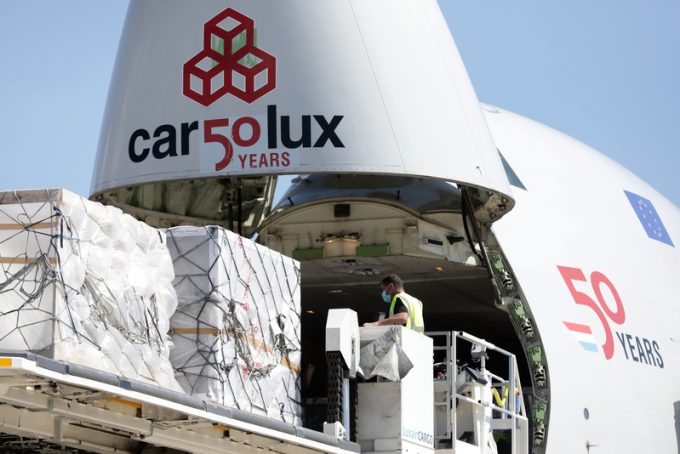Hi-tech keeps flying, but tariffs are driving shipper production out of China
Laptop manufacturers and retailers have been forced to adapt their supply chains in the wake ...

Cargolux is at a crossroads. It has a big decision to make, and fairly fast. In 2026, the first of its 16 747-400s will begin to retire – four are already more than 20 years old.
But new-generation 777Fs won’t be delivered until 2027, at the ...

Comment on this article